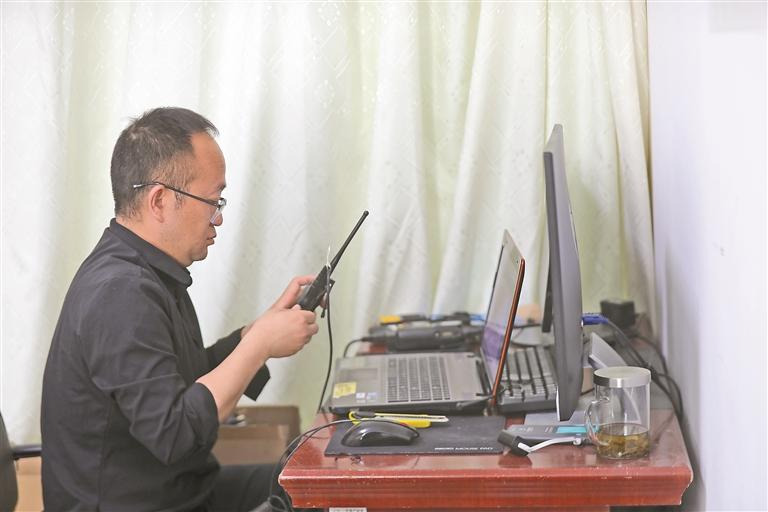China aims for potent new solid-fuel rockets

China Aerospace Science and Industry Corp, the nation's largest missile maker, is striving to build solid-propellant, heavy-lift carrier rockets as powerful as existing liquid-fuel types, according to a senior researcher.
Hu Shengyun, a senior rocket designer at the CASIC Fourth Academy in Wuhan, Hubei province, said CASIC intends to offer solid-propellant rockets as alternate launch vehicles for heavyweight spacecraft.
All of China's heavyweight spacecraft, including large satellites and manned spaceships, use liquid-fuel rockets as launch vehicles because their lift capacity is greater than existing solid-fuel models.
But solid-propellant engines have advantages-they are less complicated, need less time for prelaunch preparations, place fewer demands on launch facilities and are more mobile.
The key to a solid-propellant, heavy-lift rocket is a powerful, reliable engine, which is under development at the CASIC Fourth Academy, Hu said.
"The engine will have a diameter of more than 4 meters and a liftoff thrust of more than 1,000 metric tons," he said. "These specifications will make it the largest solid-propellant rocket engine in the world, surpassing the current record held by the United States, with a diameter of 3.7 meters."
Engineers have had to overcome a host of technical obstacles because China had never developed such a large and sophisticated solid-propellant engine. That meant there were some gaps in their knowledge of structure, materials and mechanics, Hu said.
"The bigger a rocket engine is, the harder the research and development are. It will weigh hundreds of tons. Its ultralarge size will generate a number of technical or manufacturing problems for engineers and workers," the designer said. The engine will undergo some major tests this year, he added.
Once that type of engine becomes operational, it will be used on the academy's new-generation rockets-Kuaizhou 21 and 31-which are in the design phase at the academy.
Zhang Di, a vice-president at the academy, said Kuaizhou 21, with a diameter of 4.5 m, will have a launch capacity roughly comparable to that of US rocket maker SpaceX's Falcon 9 Full Thrust. That means it will be capable of sending a 20-ton spacecraft to a low-Earth orbit. It also will be powerful enough to transport supplies to the country's future space station or to ferry robotic probes to planets far from Earth, he said.
As part of a longer-term goal, the more powerful model, Kuaizhou 31, should be able to transport a 70-ton payload to a low-Earth orbit, Zhang said. If its development is successful, Kuaizhou 31 will be almost three times more powerful than the Long March 5, now the country's biggest and mightiest rocket.
CASIC began to develop the Kuaizhou series in 2009 as a low-cost, quick-response product for the commercial space market. It has launched three: two Kuaizhou 1 rockets and one Kuaizhou 1A.
The State-owned space and defense giant has plans for at least five Kuaizhou launches, including the maiden flight of its Kuaizhou 11.
- China launches communication technology test satellite
- Spokesperson warns against aggression toward mainland fisherman
- Lhasa wetland reserve recognized as world's highest altitude wetland
- Chengdu woman sentenced for fatally stabbing neighbor
- Mainland coast guard's patrol in Xiamen-Kinmen waters to safeguard maritime order: spokesperson
- Independent committee starts work as HK moves to liquefy owners' group




































